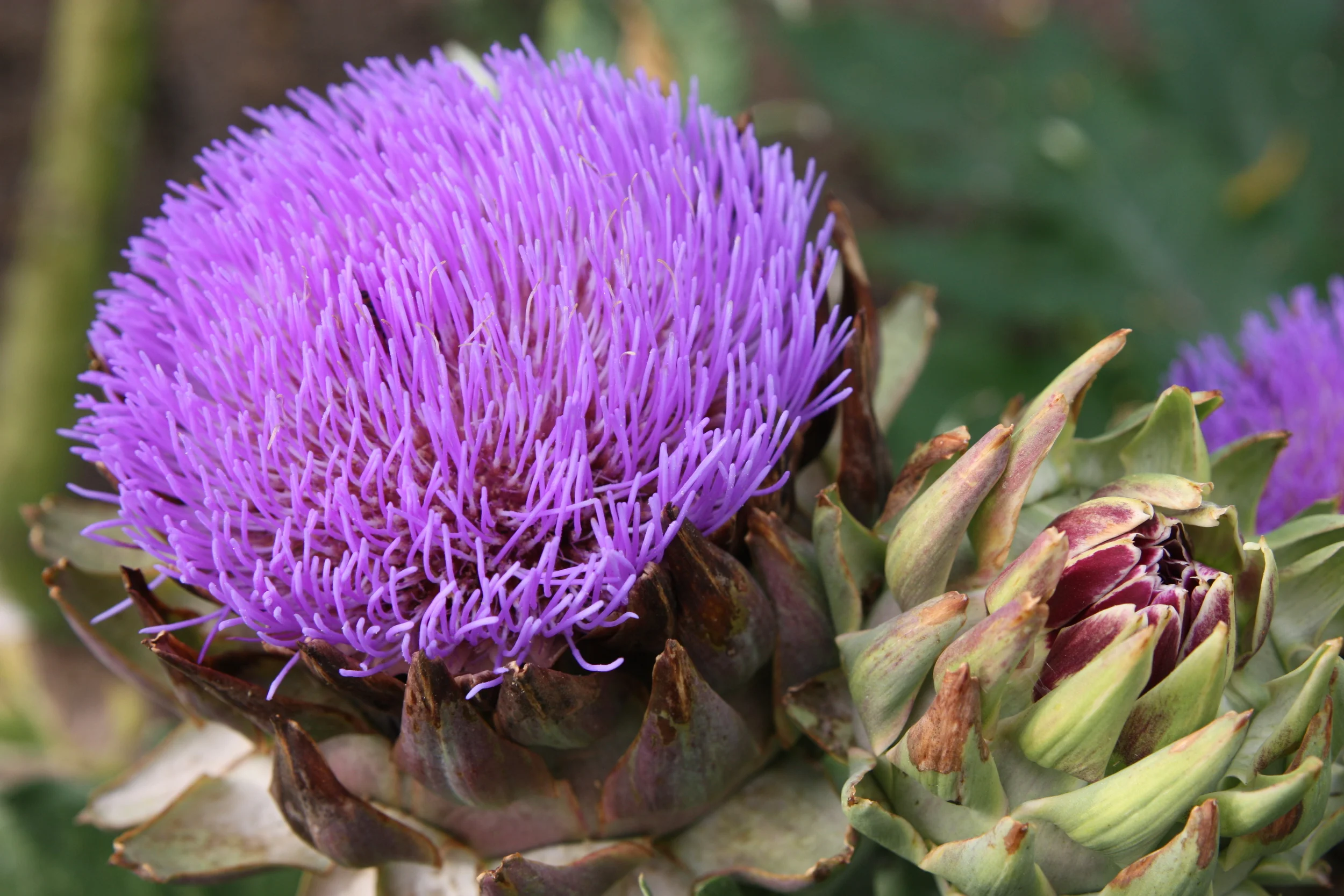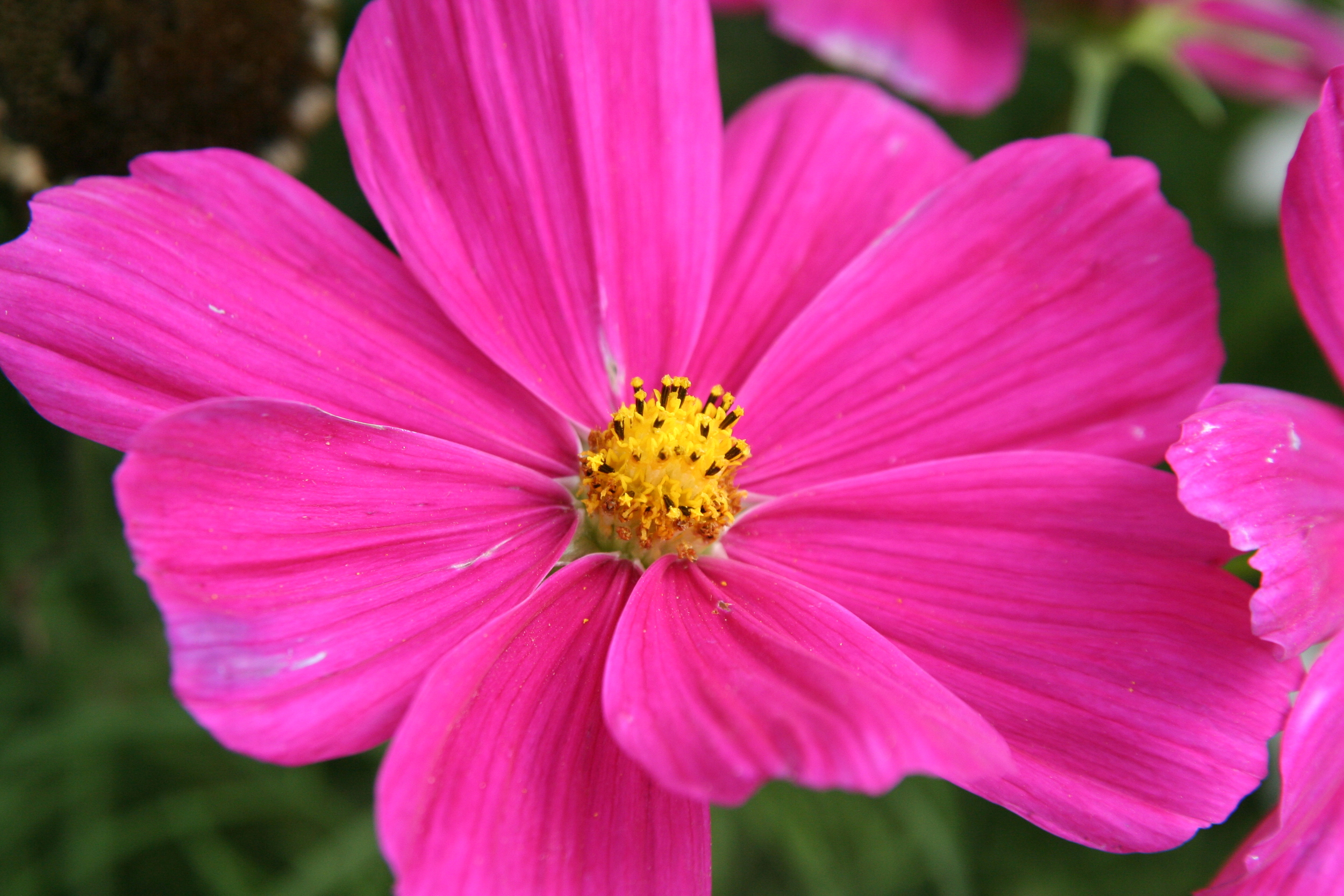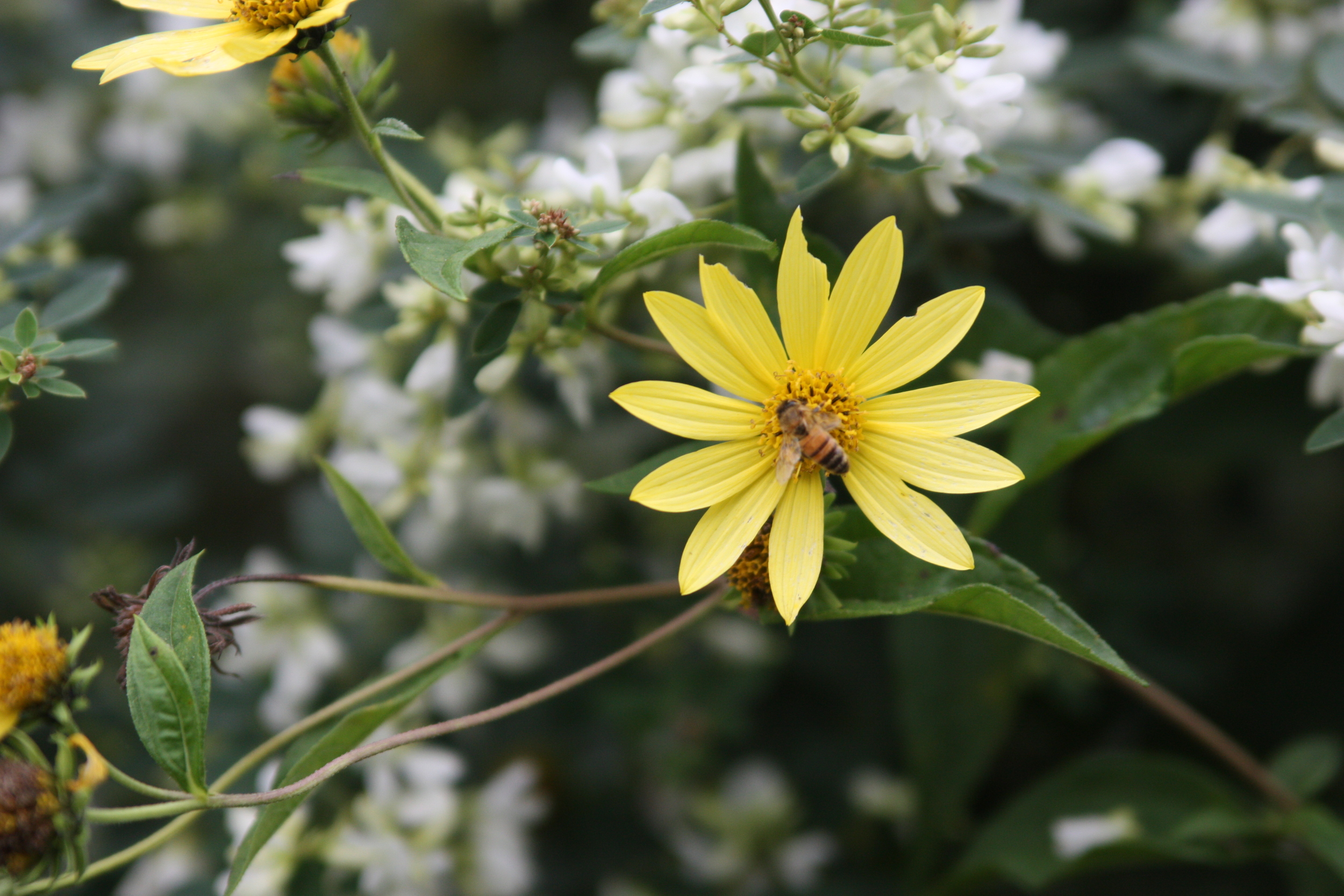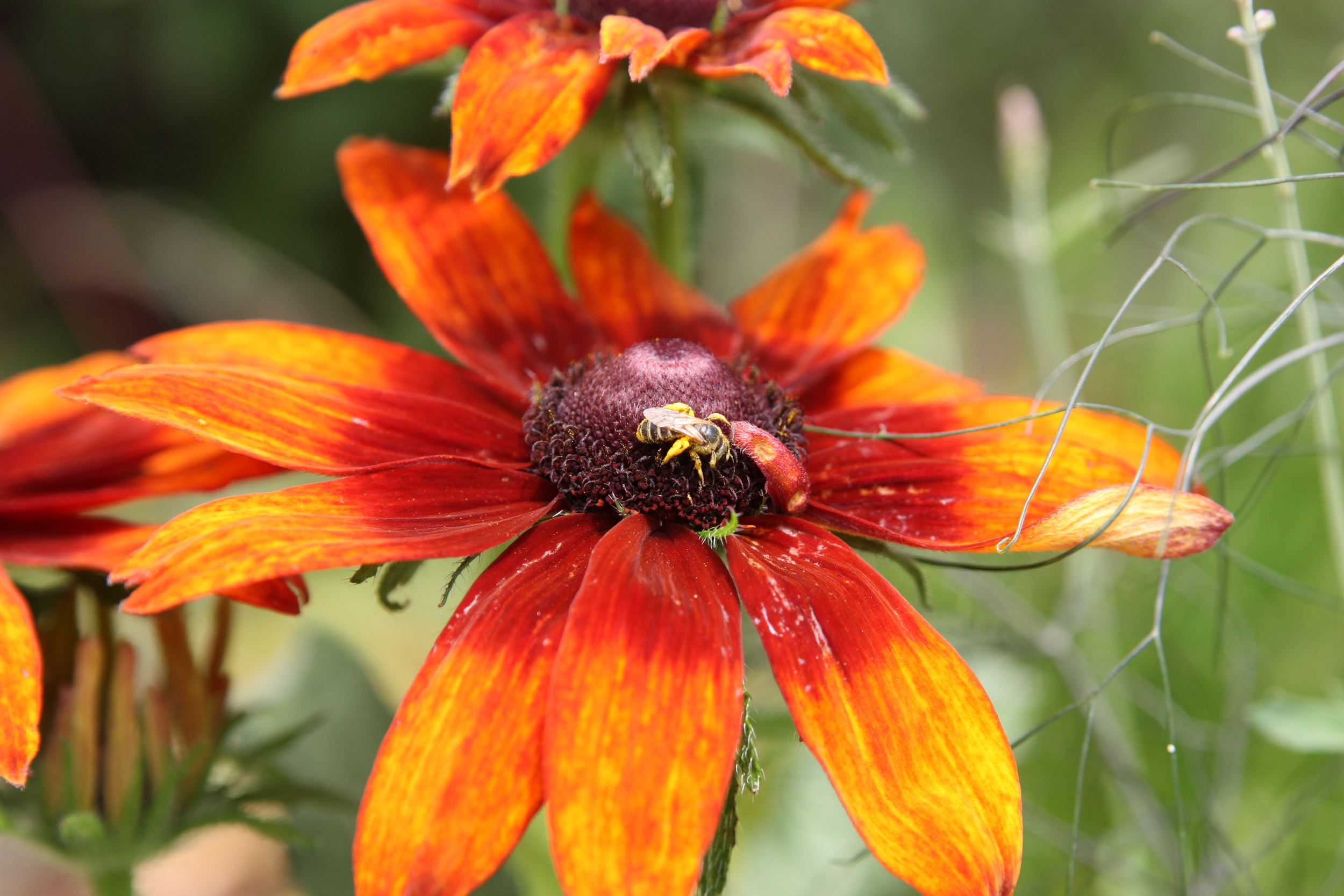Of the summer native wildflowers, few are as reliable and pretty as the Indian pink. Mine are planted in the speckled sunlight beneath a large magnolia where they have survived and thrived for the past nine years. They bloom for only three weeks, but the hummingbird-luring flowers are worth it. The plants also gently self-sow, as one would expect from any woodland native worth planting.
Spigelia marilandica Description
The early days of summer find the woodland pinkroot ablaze with starry yellow-centered flowers that open from scarlet red buds. This garden-worthy herbaceous perennial is native to the open woodlands of the southeastern United States. It was traditionally used by Native Americans to treat intestinal worms because of the plant's alkaloid properties, so another common name is wormgrass.
The lance-shaped, rich green leaves are lightly glossy and held in opposite pairs along the stems. In the warmth of late spring, stem tips yield one-sided spikes of red buds. The buds opens show tubular, starry flowers that are red on the outside and primrose yellow within. Hummingbirds are lured to the blossoms. Seeds are formed in midsummer and typically germinate before fall frost.
Grow woodland pinkroot in moist, sandy, slightly acid soils with moderate drainage. Full to partial shade are tolerated, though plants tend to bloom best if provided at least 6 hours of sunlight per day. Plant this long-lived perennial in wooded gardens, along pond edges or in summer flower borders. To learn more, visit The Native Plant Information Network.























